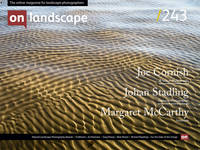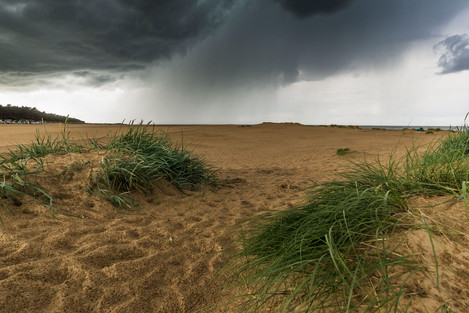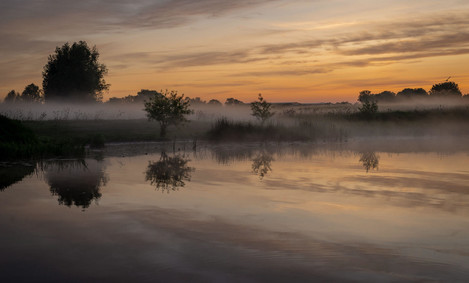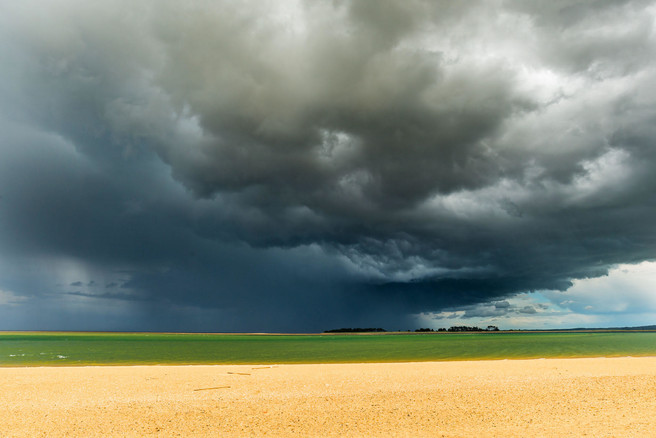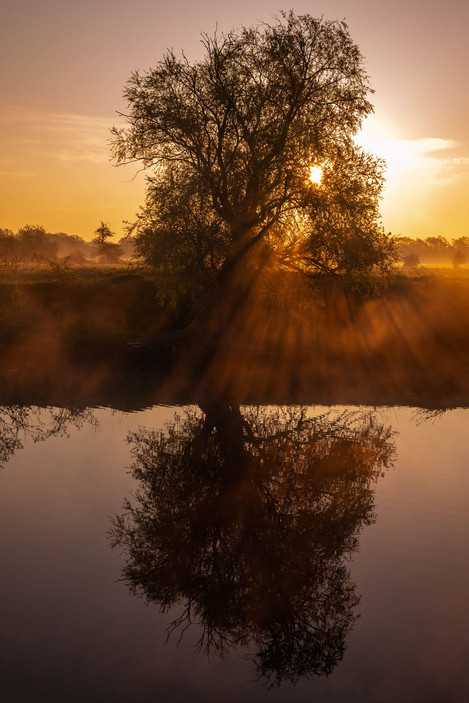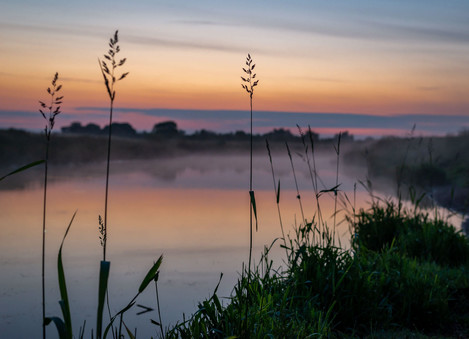Has the craft of photography lessened over the years?

Richard Rawlings
Born in 1962 I have been making photographs for 50 years. And bought my own SLR at the age of 14 this was a fully manual film camera. I lived and worked initially in the west country but relocated to East Anglia, close to the Cambridgeshire fens in 1983. I have been here since.
I love the fens there is a natural ebb and flow to them and, despite being turned over to arable farming, they have a peculiar natural beauty. It is nice to escape there. Over the past 18 months I have been afforded the opportunity to get to know my local area very well and this has been reflected in the image I have taken over this time. Just seeing the natural changes that have taken place.
richardrawlingsphotography.co.uk
I have recently started watching a landscape photographer called Scott Walton. This is not a critique of his work at all. Just an observation and pulling together of ideas that I have been thinking about recently.
The premise behind this was a simple one but has got very much more complicated. Has digital photography removed the story and emotion behind the image? The ability to buy a camera and remove a lot of the costs to the production of the image allows us to take hundreds of images and keep the best ones. Process these, blend, and extract bits to forge a new image, even replacing whole skies with the assistance of Photoshop, and in the process of doing this, does the image lose its emotional connection with the viewer. Becoming just an image. Another snapshot and equally as disposable.
This was highlighted to me when a photographer I follow on Instagram said he was lacking motivation after just “seeing the same shots of the same places just from different photographers” (Simon Atkinson Photography).
I am not an advocate of film, but I must ask, in the slowness of the process and the expense of getting something processed makes the photographer think more about the image at the time and convey a certain something to it that is missing or removed in digital.
Or do the algorithms remove the emotion? They shouldn’t remove the story but sometimes that seems lacking as well. The subject of the image means what exactly?
Having said this if we look at Ansel Adams work. He used large and medium format cameras and took time to get the image right in camera, pre-visualising for the final image producing a solid workable negative but then may have taken several hours in the darkroom to get the final image to his likening. It is documented that one of his more famous shots, Moonrise over Hernandez has changed a multitude of times from the original image he processed.
What story, as the photographer, are you trying to tell? Even abstracts have a story to tell. Maybe one you must put over to make it mean something to you but at least it engages you in some internal dialogue.
A few years ago, it was suggested that I look at Dalston Anatomy. I initially looked at these but could not fathom out what was being said here. However, I went back and revisited this work on several occasions but still could not see what the author was suggesting. Eventually, I did some digging and found that they were representations of the market that was closing. It showed the vibrancy and diversity of the area. Finally, it made sense. This project had taken the author time to research, to develop the idea before it was put out to the public, but it told a story.
Now it seems we are in a world of “that looks nice” and take the image and put it out with little consideration for anything else. No story no emotion just an image. We as photographers help this along by making images that are just for consumption on social media. If I look at my feed the images that do well are the ones that “Boom” out and capture people’s attention while the good ones are passed by.
I have to say that this bothers me. How do I convey the emotion of the land that I love so much when so much of what I feel is highly personal and extremely difficult to put into an image? How, for example, do I capture the rain falling with everything else that this entails including how it makes me feel? Just to have them passed by because they don’t shout.
I have often asked the question are you just visiting the area or are you part of it. Visiting would mean that you are just looking for images. Being part of it would mean that you understand the flow and rhythms within the area and are able to construct an image that means something. Does film slow you down, so you must become a part of the landscape and digital allow you to visit and move on? In theory, you should be able to take longer with digital. Refining the final image by looking at the screen or using live view. You should be able to immerse yourself into the landscape you are in.
I really like the work of Rachel Talibart. I found out that she has had a deep connection with the sea from a very young age, this comes out in her work. I think it highlights being part of, and understanding, the environment she is in. Another photographer I look at produces some technically excellent images, but they leave me cold. He devotes time to travelling to wild places, hikes to his locations. But his images, I don’t know, just lack a certain something. It may be as suggested above the processes he puts them through removes that part of them that make them his, reflect his personality. Just make them another……well…… “nice” image?
The flip side of this is, it could be me. I might not be connecting with the photographer in the way they intended. I might be missing something somewhere. I might have a fundamental inability to read the images being put in front of me. Perhaps, again, as stated above there are too many images of the same thing taken by too many photographers and I am missing the best. However. Why am I passionate about Francesca Woodman, Ansel Adams, Ben Horne, Joel Peter Witkin, Bruce Gilden, Duane Michels and Eduard Boubat? Oddly enough most of these worked with film. Why do I connect with Joe Cornish and not David Noton? Both are extremely good photographers. What does Joe do that David does not?
Has the craft of photography lessened over the years? Has digital imagery removed the getting it right in camera, in favour of Photoshop and Lightroom, in which case is it digital art rather than photography, in the strictest sense? But then why would that leave images empty of emotion and character. Digital art still carries story, passion and reflects the person who creates it.
In striving to improve my own outdoor photography I have to ask myself.
In looking at other work what am I not seeing? What am I missing?
In my own work, what am I really capturing? Does it really reflect what I feel? Does it tell my story? But most importantly does it capture my feelings and evoke an emotional response in the viewer?
After all, we are using a light sensitive media to capture the image so film or digital shouldn’t make a difference.

